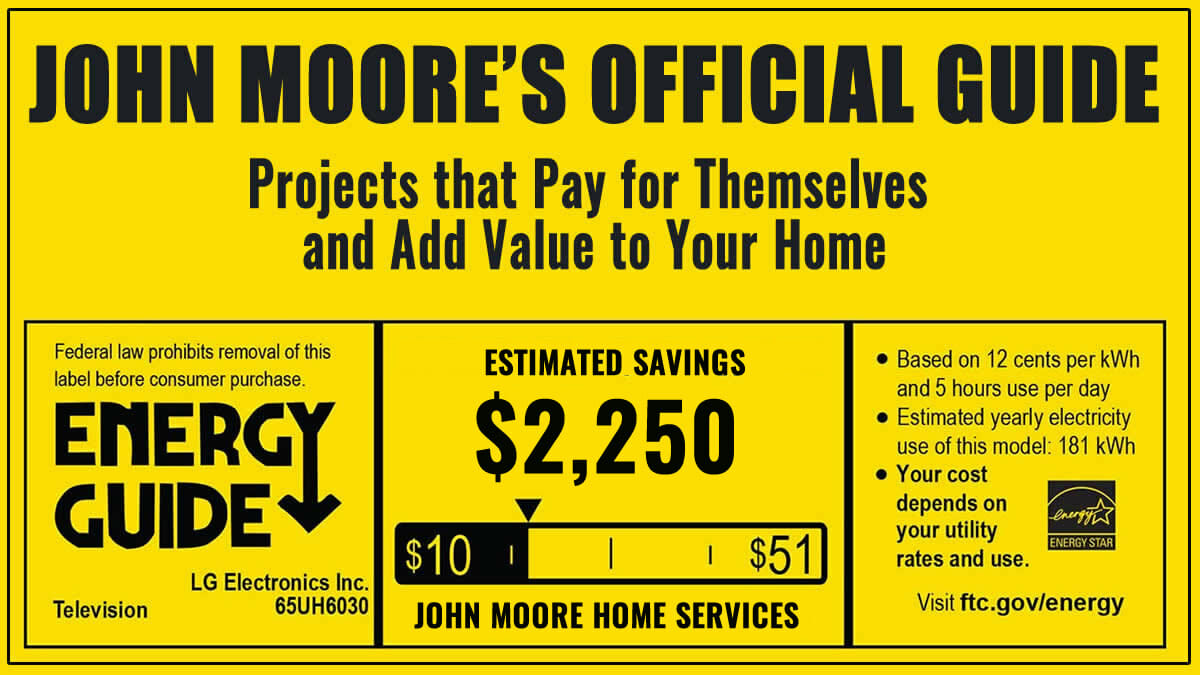
John Moore’s Official Guide to Projects that Pay for Themselves and Add Value to Your Home

It’s also important to note that cost-saving percentages are compounded and not cumulative. This means that if we say you can potentially save 30% by adding attic insulation and 25% by installing an electricity saver, your total energy bill savings will amount to 47.5% rather than 55% because the 25% savings is applied after the 30% savings are taken away. Here is a formula used to calculated compounded percentage savings:
PTotal = P1 + P2 − P1 ۰ P2
PTotal is the total savings percentage
P1 is the first savings percentage
P2 is the second savings percentage
Example compounding Attic Insulation Savings (30%) with Electricity Saver Savings (25%)
.3 + .25 − .3 X .25 = .475 = 47.5% Savings


Savings in Your Attic
Let’s start at the top. Because your roof gets the most sun, about 93 percent of the heat that infiltrates your entire home is gained through your attic. So this should tell you that your attic is where you’ll find most of your cost savings.
You can control the amount of heat that creeps into the rest of your home with proper attic insulation and other heat management mechanisms like attic fans and radiant barriers. By taking on just one of these attic projects, you can begin shaving dollars off of your energy bill. And if you go with a complete energy saving attic program, you may even be able to slice your bill by more than half. In about four years, you can earn back the money you invested.
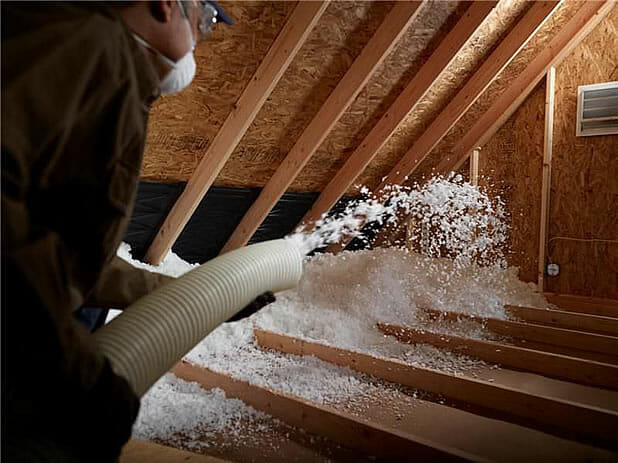
Attic Insulation
Average Time Before You Earn Back Your Investment and Start Saving: 2 years
Are you part of the 85 percent of homes in the US that are under insulated? If you are, we recommend starting your cost-saving mission with attic insulation. At a reasonable cost, you can have an 800-square-foot attic properly insulated and paid for in savings in under 3 years.
Improving your attic’s insulation is where you get the most bang for your buck. If your home doesn’t have the recommended 15 inches of insulation, you can potentially save about 30% off your energy bill every month by adding new insulation to your attic (increasing R-Value). Attic insulation loses efficiency when it is exposed to moisture because moisture flattens insulation, destroying the air pockets responsible for trapping hot air.
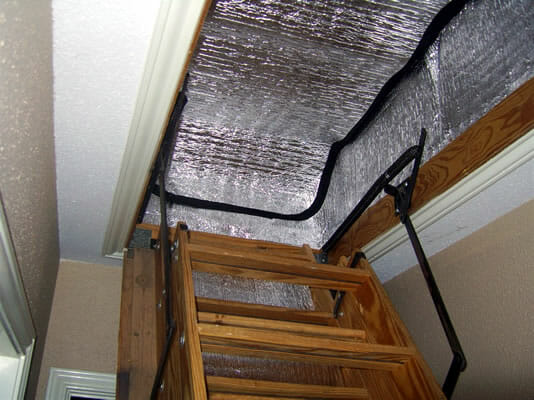
Attic Tent
Average Time Before You Earn Back Your Investment and Start Saving: 3 years
Attic doors— also referred to as scuttle holes— are a major source of air leaks into your home. The Attic Tent creates an airtight barrier around your attic door that will prevent the loss of heat or cool air. The Attic Tent has proven to be as effective as double-paned windows when it comes to providing year-round energy savings, and it only costs a fraction of the price!
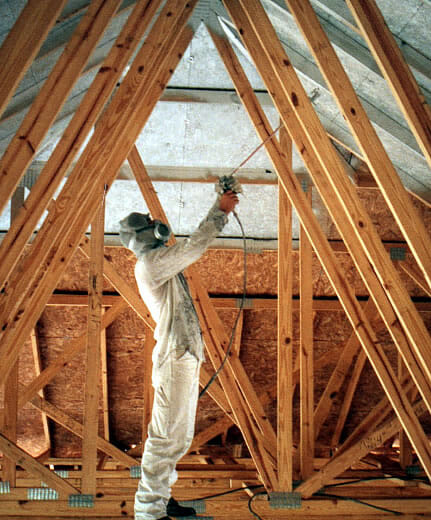
Radiant Barrier
Average Time Before You Earn Back Your Investment and Start Saving: 3 years
Radiant barriers are another low-cost, high-return investment that pays for itself in three years. A low-emissivity, ENERGY STAR® certified radiant barrier allows your roof to reflect solar radiation which results in a 10 to 25 degree drop in attic temperature during warm seasons. A cooler attic also prevents heat from penetrating your home’s ductwork so that your home reaches its target temperature faster. This means your AC doesn’t have to run as long or as hard, so you save money on your energy bills and long-term AC maintenance costs. And when you turn your heater on in the cooler seasons, LO/MIT™ Spray-on Radiant Barrier Coating creates a heat envelope that keeps the warm air inside your attic.
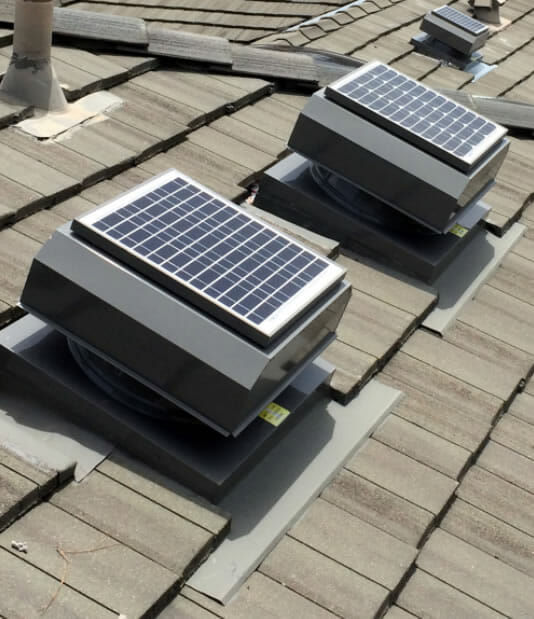
Attic Breeze Solar Vent
Average Time Before You Earn Back Your Investment and Start Saving: 4 years
Federal Tax Savings: 30%*
Radiant barriers are another low-cost, high-return investment that pays for itself in three years. A low-emissivity, ENERGY STAR® certified radiant barrier allows your roof to reflect solar radiation which results in a 10 to 25 degree drop in attic temperature during warm seasons. A cooler attic also prevents heat from penetrating your home’s ductwork so that your home reaches its target temperature faster. This means your AC doesn’t have to run as long or as hard, so you save money on your energy bills and long-term AC maintenance costs. And when you turn your heater on in the cooler seasons, LO/MIT™ Spray-on Radiant Barrier Coating creates a heat envelope that keeps the warm air inside your attic.
*Through 2020, but keep checking for updates for other tax savings opportunities


Electricity Savings
Average Time Before You Earn Back Your Investment and Start Saving: 2 years
Avg. Cost Savings: 10-25%
With just a quick twenty-minute install of an Electric Saver 1200, you can save 10 to 25 percent off your energy bill. The Electric Saver is designed to make your home more energy efficient by recycling energy that is normally wasted whenever you power up your appliances. The Electric Saver also increases the lifespan of the motors and appliances in your home, and it also works as a whole house surge protector.


HVAC Savings
Because about half of the energy used in your home goes to heating and cooling, you want to make sure your HVAC system is running efficiently. Sometimes, this could mean a simple tune-up or installing a new thermostat. But if your AC unit is over 20 years old or still uses R-22 refrigerant, you should consider upgrading to a new AC unit. Not only will a new unit potentially lower your energy bill, but also, by the year 2020, R-22 will be completely phased out. If your AC system needs new refrigerant after the year 2020, you will have to replace your system or use a synthetic R-22 solution that could put an end to your system for good and put you or your family at risk.
By planning ahead and upgrading your AC unit to a more efficient unit that uses R-410a, you can budget your money better than if you wait until you’re caught off-guard. And if you take advantage of our financing program, you can enjoy the comforts of a safer HVAC system, lower cooling costs, and a payment plan that matches your budget.
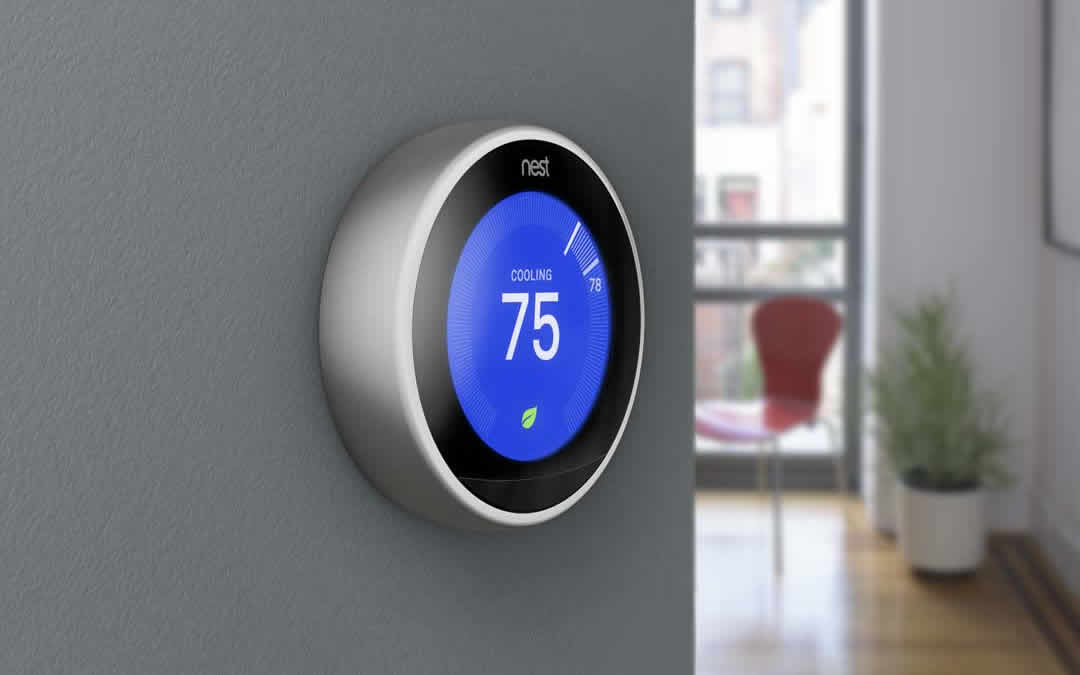
Nest Learning Thermostat Installation
Average Time Before You Earn Back Your Investment and Start Saving: 2 years
Standard thermostats are designed to stay at the same temperature all day, which wastes energy. But the Nest Thermostat will learn your temperature preferences and habits, self-adjusting over time. And the Nest thermostat automatically turns off when you leave your home, so less energy is wasted. Studies showed that on average, the Nest Learning Thermostat saved US customers about 10-12 percent on their heating bills and about 15 percent on their cooling bills depending on the homeowner’s climate zone; home size; whether their heater was gas or electric; and the type of air conditioning unit that cooled their home. To learn about how much you’ll save when you upgrade to a Nest Thermostat, refer to this handy Nest Savings Calculator.
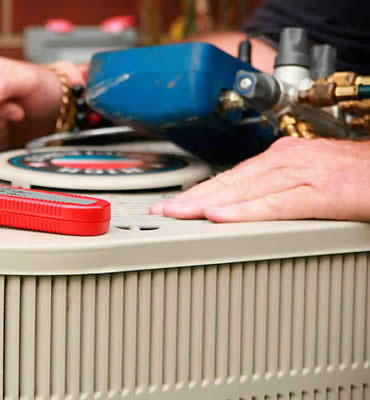
HVAC Maintenance
Average Time Before You Earn Back Your Investment and Start Saving: 5 months
According to the U.S. Department of Energy, you can improve your AC’s energy consumption by 5 to 15 percent just by changing out your furnace and HVAC filters when they get dirty. You can do this part yourself, but you should also consider performing regular tune-ups. A yearly tune-up of your heating and cooling system can improve its efficiency and make your home more comfortable. Annual maintenance can also ensure you catch malfunctions or faulty components that waste energy and money.
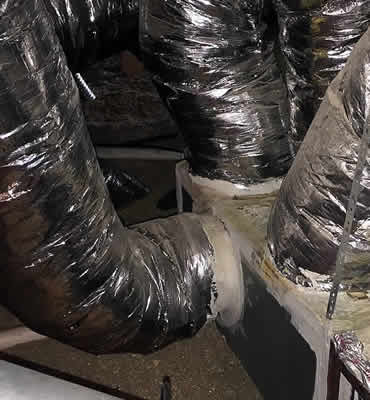
Sealing and Cooling Your Air Ducts
Average Time Before You Earn Back Your Investment and Start Saving: 3 years
According to ENERGY STAR, you can improve the efficiency of your HVAC system by 20% if you seal and insulate air ducts throughout different areas of your home, including attics and crawlspaces. About 20-30% of conditioned air is wasted through air ducts as it moves to-and-from a forced air furnace, air conditioner, or heat pump. This causes your systems to work longer and harder to reach and maintain the target temperature, which ultimately equates to a waste of energy.


Cost-Effective Habits and Big-Ticket Upgrades
There are other areas of your home where you can eliminate some dollars from your energy bill, which may require a change of habit or a bigger investment. Since monthly savings from big ticket upgrades like replacement windows or a new HVAC system won’t pay you back as fast as improvements such as attic insulation, you’ll want to assess the other benefits before making a decision.
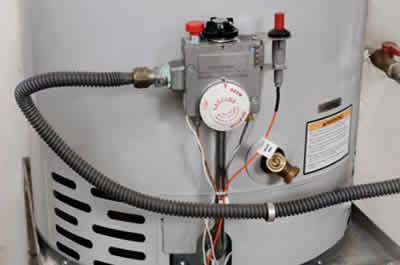
Water Heating
Reducing the amount of hot water you use, employing energy-saving strategies, and choosing an energy efficient water heater for your pool can help you reduce your monthly water heating bills. If having a new water heater installed is cost prohibitive, there are other things you can do to help cut costs:
- Take short showers instead of baths.
- Reduce your time in the shower.
- Lower the temperature on your water heater to 120°F.
- Don’t let the water run.
- Use cold water for most laundry loads, and always use cold water for the rinse cycle.
- Only run dishwasher with full loads.
- Fix all leaks
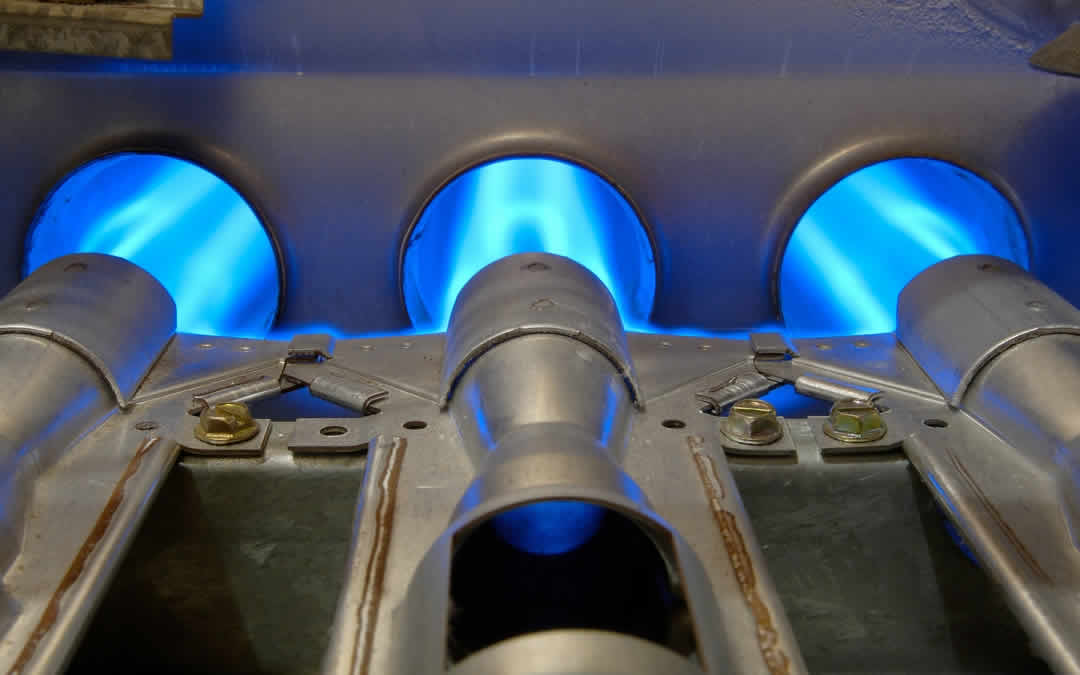
Other Improvements (Windows, Furnace, HVAC)
Big ticket items like new replacement windows, furnace, water heater, or HVAC system can also yield savings on a month-to-month basis, but because these home improvements are more expensive, they can take many years to pay off. But they may be well worth the investment if you’re looking to sell your home or solve an immediate or costly problem.
For instance, new windows can provide temperature consistency, noise reduction, and security for your home. And buying a new furnace or water heater may save you money in the long run if you’re constantly paying for repairs. If you’re planning on selling your 15-year old home and you still have the original HVAC system, a new HVAC system may be the deciding factor for a home buyer.
The important takeaway here is to focus on what you need. If you’re purely looking to save money on your energy bill, you’ll want to focus on lower-cost, higher-return improvements like adding attic insulation or installing a smart thermostat. But for an energy efficient project that requires a bigger investment, you should assess the overall value it offers and the difference it’ll make for you, your family, and your home.
For more information on when to service and upgrade certain areas of your home, read our 25-Year Home Improvement Calendar.
